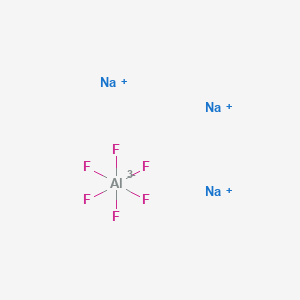 |
US SLAC National Accelerator Laboratory
Scientists from the US Department of Energy's SLAC National Accelerator Laboratory and the University of California, Los Angeles have developed a promising technology: Accelerating electrons with plasma waves can effectively power the next generation of accelerators. This achievement is a milestone in the demonstration of the practical application of plasma wake field accelerators, which can be greatly extended to medicine, industry, and high-energy physics research. Related research results were published in the latest issue of Nature.
According to the report of the Physicist Organization Network on November 5th, using the advanced accelerator experimental test (FACET) of the SLAC National Laboratory, researchers of the Department of Energy of the United States Department of Energy increased the electron beam energy by 400 to 500 times, which is higher than that of conventional accelerators. In the data. Previously, this key combination of energy and efficiency has never been achieved.
The first author of the paper, SLAC accelerator physicist Mike, said: "A lot of practical aspects of an accelerator depend on how fast the particles are accelerated. The study shows that this technology can be used to accelerate electrons in accelerators less than 20 feet long. The beam can get the same energy as the 2-mile SLAC linac."
For 35 years, the plasma wake field has been a point of interest for accelerator physicists as a more promising method to drive the birth of small, inexpensive accelerators in the future. Researchers at the University of California Los Angeles and the Stanford Linear Accelerator Center have been at the forefront of research on accelerated plasma wakefield for more than a decade. In a 2007 paper, the researchers announced that they could speed up an electron bunch at the end of 42-85 billion electron volts, making the scientific community extremely excited.
In this experiment, the researchers fired pairs of electron beams containing between 5 billion and 6 billion electrons into a plasma column created by a laser in a hot lithium gas furnace. The first bundle in each pair is the drive beam, destroying all free electrons from lithium atoms, leaving the positive charge behind the lithium nuclei, a configuration known as the "blowout state." Then, the struck electron falls behind the second electron and is called the back beam. The formed "plasma tail" pushes it to higher energy.
Previous experiments have proven multiple beam accelerations, but the SLAC team has reached the highest level of energy in the blowout state, from which the greatest energy gain and highest efficiency can be found. Equally important is that the accelerated electrons end up with a relatively small spread of energy.
One of the principal investigators of the experiment, Mark Hogan, an SLAC Accelerator physicist, said: “These results have exceeded the success of a successful test itself. The additional significance is that using a two-beam configuration to achieve a blowout state can increase acceleration efficiency. At 50%, it is enough to show that plasma wake accelerator technology is feasible for future accelerators." (Hua Ling)
cryolite Basic Information
CAS: 15096-52-3
MF: AlF6Na3
MW: 209.94
EINECS: 239-148-8
Mol File: 15096-52-3.mol

Cryolite Chemical Properties
Melting point 1012
Boiling point decomp
density 2.9 g/mL at 25 °C(lit.)
Cryolite Application
Mainly used as aluminum smelting flux, insecticide, also used in glass, enamel, resin, rubber industry
chrysolite gemstone,chrysolite stone,chrysolite vertus,cryolife homograft,cryolite,cryolite 1856
ShanDong YingLang Chemical Co.,LTD , https://www.sdylhgtrade.com